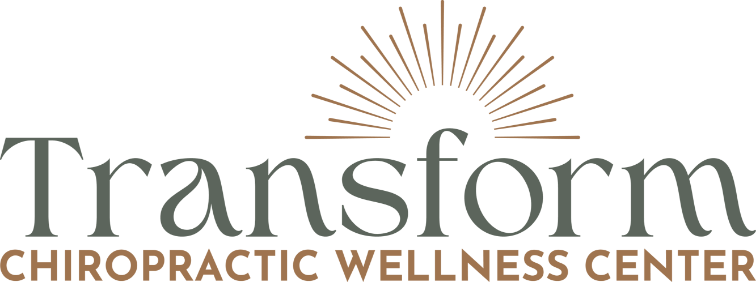When people think about the shape of the head—especially in infants and young children—they often focus on cosmetic concerns. Maybe it’s a flat spot, asymmetry, or an unusual contour that brings up questions. But in the world of chiropractic and neurodevelopment, we know head shape is about so much more than aesthetics.
The Head Isn’t Just a Shell—It’s a Functional Container
Underneath the bones of the skull lies a dynamic, living system: the brain, brainstem, spinal cord, and a web of connective tissue called the dura mater. These structures don’t exist in isolation—they’re interconnected and constantly communicating.
The dura mater is a tough, fibrous membrane that wraps around the brain and spinal cord like a protective sleeve. It’s responsible for:
- Supporting the shape and tone of the central nervous system
- Housing cerebrospinal fluid (CSF), which cushions and nourishes the brain and spinal cord
- Anchoring the brain inside the skull and connecting down into the spine and sacrum
In other words, the dura links the head, brainstem, and spine into one continuous, tension-sensitive system. If there’s tension or restriction in one area, it affects the rest.
So What Does This Have to Do With Head Shape?
When an infant’s skull develops, it’s meant to mold and move to accommodate growth, movement, and neurological development. But if there’s undue tension in the dural tissues, particularly around the cranial base or upper cervical spine, it can influence how the skull bones grow and shift.
Head asymmetries (like plagiocephaly) or flat spots often correlate with:
- Imbalances in muscle tone
- Restrictions in cranial or spinal motion
- Dural tension pulling unevenly on the skull from the inside
- Birth trauma or intrauterine constraint
- Neurological compensation patterns from early stress
So instead of seeing a misshapen head as a cosmetic issue, we must ask: What is this telling us about the function of the nervous system underneath?
The Brainstem Connection: The Core Regulator
At the base of the brain sits the brainstem—the part of the brain that controls breathing, heart rate, sleep, digestion, and many survival reflexes. The dural attachments around the brainstem and upper cervical spine (C0-C2) are especially critical because:
- They anchor the brain in place
- They are highly sensitive to mechanical tension
- They are involved in the regulation of tone, posture, and neurological reflexes
Even subtle tension here can impact development, sensory processing, sleep, feeding, motor milestones, and more.
Chiropractic and Cranial Work: Supporting Structure & Function
As chiropractors, especially those trained in pediatric and craniosacral techniques, we look at head shape through the lens of neurological function. We assess how the spine, skull, and dural system are moving—and how they may be impacting the child’s brain-body connection.
Gentle adjustments and cranial work can:
- Reduce tension in the dural system
- Restore balanced motion to the cranial bones and spine
- Support better CSF flow and neurological communication
- Promote more symmetrical growth and development
Bottom Line: Form Follows Function
Head shape isn’t just a matter of aesthetics—it’s a reflection of what’s happening inside the system. By addressing the root causes of dural tension and neurological imbalance, we support not just a rounder head, but a thriving nervous system.
So if you’ve noticed a flat spot or asymmetry in your child’s head, or even if you’re an adult with a history of head trauma or chronic tension, it’s worth asking: What is this shape telling me about the story beneath it?
Chiropractic care provides a powerful, non-invasive way to listen to that story—and help the body write a new one. Getting your child checked EARLY for patterns of neurological stress can help greatly to not only optimize brain function and neurodevelopment, but to also ensure the cranium grows in a balanced way!
